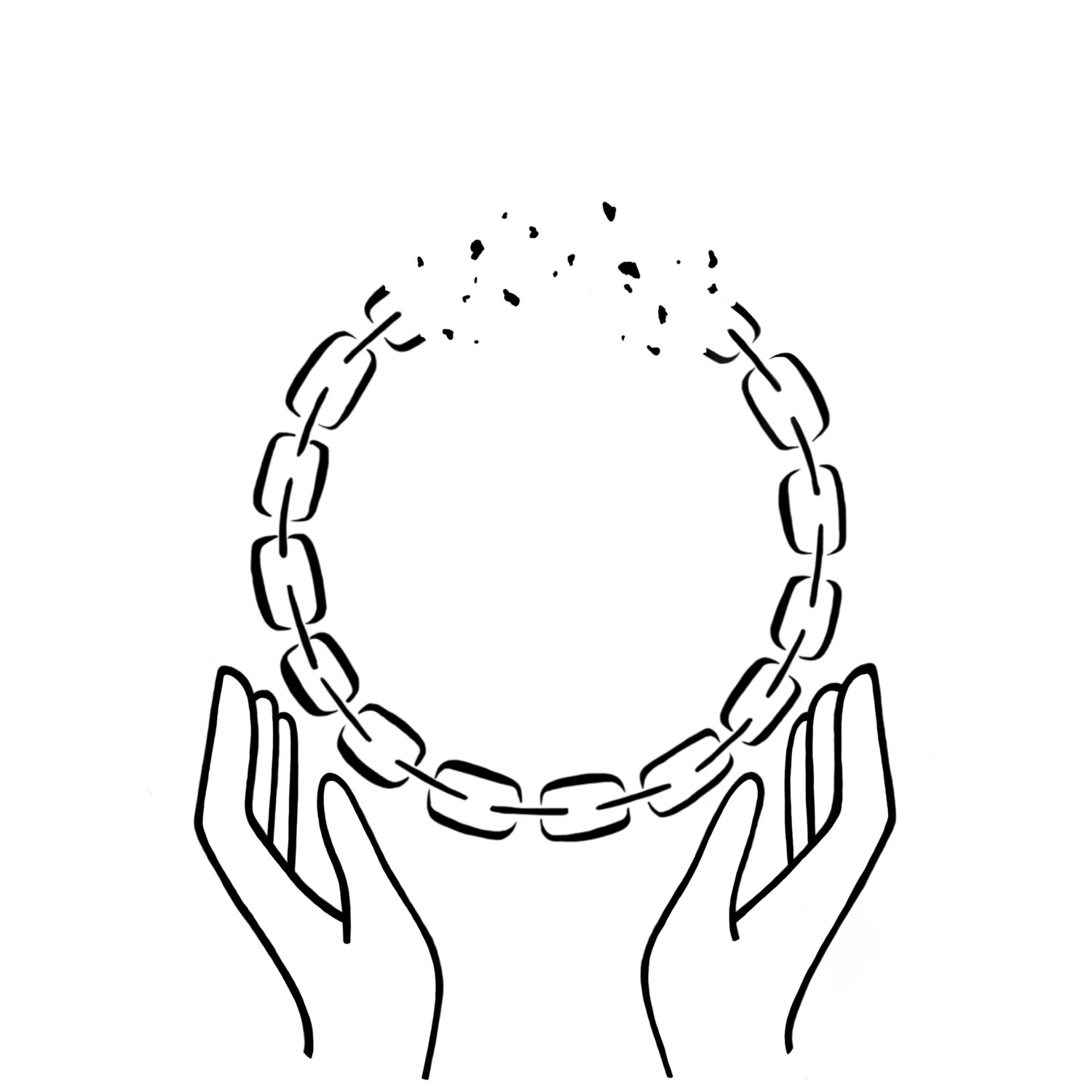Trans women in federal custody: We know the headlines, but what are the facts?
Out of roughly 14,000 individuals in federal correctional institutions in Canada, about 80 (or around 0.5 per cent) are transgender. About 60 are trans women and about 20 are trans men.
Since December 2017, Correctional Service of Canada’s (CSC) policy regarding institutional placement for trans inmates has been that inmates will be placed in a men’s or a women’s institution according to their gender (identity or expression), regardless of their sex. However, this policy is subject to override if there are irresolvable health or safety concerns. A similar set of guidelines applies where a trans inmate applies for a transfer from a men’s to a women’s institution or vice versa.
Prior to December 2017, CSC placed trans inmates in men’s or women’s prisons according to sex, not gender. Therefore, trans women who had not accessed transition-related medical care involving significant genital reconstruction were housed with men. However, even five years after the policy change, two-thirds of trans women in custody continue to be housed in men’s institutions. Does this mean that for two-thirds of trans women inmates, CSC has deployed the concept of irresolvable health or safety concerns to deny transfer to a women’s institution?
If so, “irresolvable health or safety concerns” are a troubling double standard. Cis female offenders are never housed in men’s institutions, regardless of health or safety risks. Why, then, does CSC policy allow trans women to remain housed with men? What inference is the public expected to draw from this policy? What evidence do we have regarding the risks that trans women present to other female inmates, if any? What level of risk would justify restricting trans women’s access to the same resources as other female inmates?
It is more important than ever to ensure that policy decisions about incarcerated trans women are based on accurate data, given the pervasive nature of transphobic myths about them. Despite plentiful fear-mongering headlines to the contrary, incarcerated trans women are no more likely than any other women to behave violently in prison. Many trans women in Canada are incarcerated for violent and/or sexual crimes, but an individual’s index offence is not necessarily predictive of their behaviour while in custody. Even if it were, women’s institutions in Canada also house cis female sex offenders. Like trans inmates, they represent a very small subset of Canadian federal inmates. They are not barred from residing with other women due to the nature of their index offence.
Those who oppose trans women residing in women’s institutions also often reference the concept of “malingering” or pretending to be a trans woman to get access to other women inmates on whom to inflict sexual violence. The Office of the Correctional Investigator addressed this issue in 2018-2019, concluding malingering “does not appear to be a sizable problem.” Further, the Office of the Correctional Investigator cited data showing trans people in prison are very vulnerable to violence, bullying, harassment and sexual assault. Incarcerated trans women in Canada are far more likely to experience violence than to inflict it, and with two-thirds of trans women in men’s institutions, posing as a trans woman is unlikely to offer additional access to potential victims of crime.
Further, as a result of The Globe and Mail’s Secret Canada project, we now know that in 2022, CSC released records in response to a request for “All reports/analysis/studies mentioning altercations, assaults or harassment involving transgender inmates — men self-identifying as women, residing in women institutions, at the expense of other female inmates.”
As is clear from the phrasing of this request, the requestor expected a particular result. However, CSC did not release a single specific report in response, merely sending the requestor copies in English and French of “Examination of Gender Diverse Offenders,” Shanna Farrell MacDonald, Angela Smeth, Sarah Cram, Sophia Garrel & Dena Derkzen, 2022 (referenced elsewhere in this article).
To conclude: there are perhaps 20 trans women residing in women’s institutions in all of Canada. All the data we have shows these women do not present an increased risk of violence to other female inmates. Nonetheless, even in the face of plentiful evidence about how dangerous men’s prisons are for trans women, CSC appears to have designated 40 additional trans women too dangerous to reside in an institution matching their gender.
Thanks to Secret Canada, we also know this: when an unidentified individual requested “any policies put in place to prevent violence against transgender people in prison,” CSC responded on Jan.1, 2023, that no such policies existed.
This piece was written with the assistance of the Trans Journalists Association’s Styleguide and relied on “Examination of Gender Diverse Offenders,” by Shanna Farrell MacDonald, Angela Smeth, Sarah Cram, Sophia Garrel & Dena Derkzen, 2022 for data regarding Canadian federal inmates.
